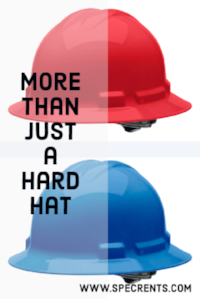The day all of us in the construction industry have been dreading (and holding would go away) is here today. There's no date extension. Nothing has been updated in the regulation despite the many efforts from the MCAA and the construction industry to work with the DOL to find a way to make the regulation more practical.
On a positive note, we did see yesterday a memo from OSHA stating that they would not be issuing fines to contractors that are showing efforts to comply. They have been tasked with helping contractors to comply.
“OSHA will assist employers who are making good faith efforts to meet the new requirements to assure understanding and compliance.
If, upon inspection, it appears an employer is not making any efforts to comply, OSHA’s inspection will not only include collection of exposure air monitoring performed in accordance with Agency procedures, but those employers may also be considered for citation.”
What does this mean and what can you do to ensure that you're on the road to complete compliance?
- Establish your competent person and make sure they know what is required to be compliant. MCAA is still holding Train the Trainer classes since there are still a lot of companies that haven't completed the necessary training. Sign up here.
- Have your written silica exposure plans in place and share them with your teams. MCAA members can build their programs here. Your employees need to know how to access these. We can help you with this process if you need help with specific language.
- Train your employees or at least have the training scheduled to do so. As stated above, having an in-house trainer will allow you to train both your competent person(s) and your employees. Make sure the training includes the written plans, who the competent person is, and what the new requirements are, along with all other requirements. OSHA will likely be asking folks if they've been trained, who their competent person is, and if they know about the silica plan.
- At least be cutting wet. Dry cutting is going to make a ton of dust and shows that you're not even trying to meet the regulations.
- Be considering what additional equipment you need- most likely a dust collection system that will work with a grinder (for tuck pointing and small cuts) and drills if you're in masonry. You can contact us or your tool rep for help with what is necessary and can either fall in Table 1 or have objective data that proves the complete system is under the PEL for the task you're performing.
- If you're a business owner or leader in your company, you need to know the regulation. Don't rely solely on your team to make sure it happens. There's a lot of misunderstanding of the requirements. You could easily be doing the wrong thing, even doing more than you need to in some cases.
Download our Silica by the Numbers info-graphic for the main points you need to know. Feel free to contact our team if we can help you with anything. As the construction industry, we're all in this together to keep this from bogging down our production and profitability.
Post by: Elizabeth "Liz" Graves, Sales Manager at Spec Rents, LLC. Contact Liz at lizg@specrents.com


